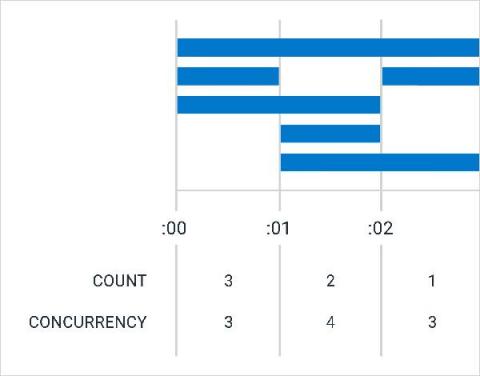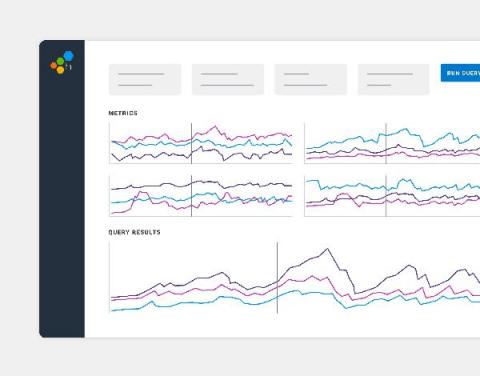The Blog Is Dead; Long Live the Blog
Ever since the very beginning, Honeycomb has poured a lot of heart and soul into our blog. We take pride in knowing it isn’t just your typical stream of feature updates and marketing promotions, but rather real, meaty pieces of technical depth, practical how-to guides, highly detailed retrospectives, and techno-philosophical pieces. One of my favorite things is when people who aren’t customers tell me how much they love our blog.










